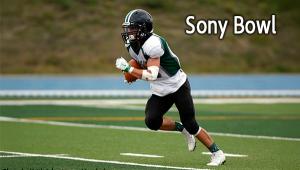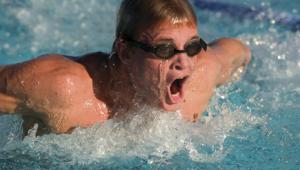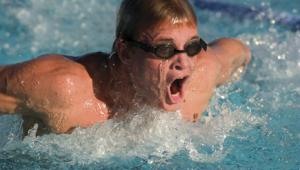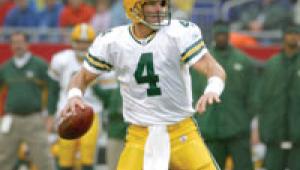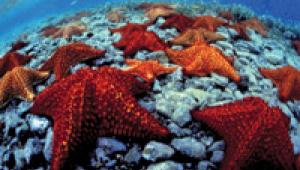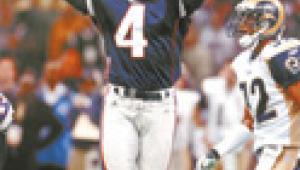I am a big fan of NASCAR contests or any other car race contests, including the Dakar Rally. Nothing compares with that thrill and exaltation during a race. I don't have a favorite player, instead I have a favorite car sponsor. I want to donate a Toyota for its team, but I don't know how. Did you donate your car for this purpose? How did you do it?
Personal Project; Photographing The Dakar Rally; Challenges Face The Hardy Photographer Page 2
 |
|
|
Each day one of the DPPI guys grabs a ride in an organizer’s helicopter and he is able to land at spots in the middle of the day’s special stage in remote locations that cannot be easily reached by those of us in SUVs. Consequently, many of the great shots you see from the Dakar Rallies, especially those of race cars stuck in the middle of sand dunes, are taken by DPPI. The rest of us have to make do with finding the start or finish of a stage, which are always close to a better track or even a paved highway. You often end up walking many miles covering off-road racing, as strange as that might sound.
The automatic dust reduction systems on newer cameras are a godsend for Dakar photographers. I have experienced this firsthand myself. When I covered part of the Dakar Rally in 2005 I was shooting with my Canon EOS 10D and was careful not to change lenses in dusty conditions. Yet when I did change lenses in a car, a speck of dust got on the sensor and I had to clean up images in Photoshop.
 |
|
|
A year later I used an Olympus E-1, which was the first pro-level camera with a built-in dust removal system. I never saw any dust bunnies and even now four years later that camera has never been cleaned and it still has no dust spots. Personally, I think this has been one of the most important improvements, alongside ever improving image quality, in D-SLRs during the past few years as I have not suffered from any dust problems on the myriad of newer cameras I have shot with.
The 2009 Dakar Rally was run in Argentina and Chile because terrorist threats in Mauritania caused the last-minute cancellation of the Dakar in 2008. I attended the second half of the event when I joined up with the VW team in Chile last January.
This time I was using the new Nikon D3X and Canon EOS 5D Mark II. Although the dust was just as bad, if not worse at times, as in the Sahara I never had any problems with either camera or lenses. I was careful, however, to avoid changing lenses.
 |
|
|
Because of this, I ended up using the Nikon D3X with a 70-200mm f/2.8 zoom as my primary camera for shooting action in the desert and I used the Canon EOS 5D Mark II primarily for shooting images around the bivouac. I kept each camera and lens in a separate canvas bag and they rested on the floor of the Touareg by my feet so I could grab either one quickly to shoot photos through the windshield or out the side window as needed. Quite often we would come across race cars being serviced at the side of the road and we would stop quickly and jump out to get some shots.
One problem was a lack of a pop-up flash on either camera. It was not wise to have an external flash mounted as it would get knocked off and damaged all too easily as well as being cumbersome. Often a quick fill flash would have improved portraits and the like when shooting in the middle of the day. That’s when a pop-up flash becomes so useful. I just wish Canon and Nikon would realize that many professionals do want this feature—after all it is on virtually every lower-cost camera.
The other piece of equipment that is almost totally impractical on this kind of assignment is a tripod. I was therefore very thankful for improved high ISO images from both these cameras as well as image stabilization in both lenses I was using. I was able to get perfectly acceptable handheld shots at night in the bivouac shooting as slow as 1⁄10 sec.
Covering a major off-road race such as the Dakar Rally, or even shorter events closer to home like the Baja 1000 off-road race in Mexico, as a photographer requires the ability to read maps, find locations, hike miles across the dirt, and put up with heat and dust, and occasionally rain and cold. It’s fun as you are far more than just a photographer looking through the fence, so to speak, as you end up doing some of what the racers themselves are doing—driving in the dirt and trying to reach locations at the right time in order to get the job done. The other beauty of this type of racing is that access to locations is open to anyone, not just credentialed photographers—at least once you get away from heavily populated areas.
- Log in or register to post comments

Nice photos, you captured only the essential, like a professional photographer! According to this article I have a dilemma. Can you help me? Let me tell you what it is about: I have a great car that was involved in a car accident, although the damages aren't big, I have to change some important pieces. My auto mechanic asked me what kind of pieces I want for my car. So I have to choose from car pieces made by the same manufacturer that made the original parts in my car or car pieces made by other manufacturers. So when it comes to oem vs aftermarket what variant would you choose!?
